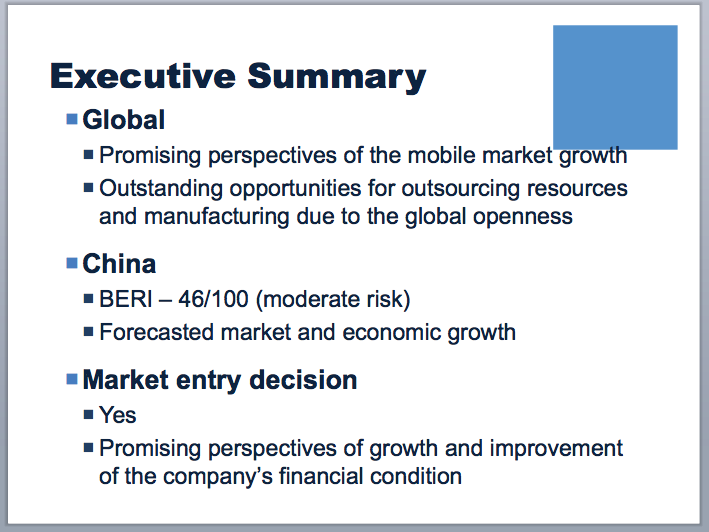
Main assumptions:
- The mobile manufacturer has an international presence due to being a global company;
- Being a global mobile manufacturer, it has enough resources for differentiating its phones with regard to cultural specificities and needs;
- Making a decision to expand to new markets, the mobile phone manufacturer is financially healthy and strong;
- Due to financial strength, the company possesses enough resources for offering a unique design of its new product that would correspond with the market and cultural specificities of the new business environment;
- Being financially healthy and stable, the company has enough resources for developing a unique marketing strategy in order to make the market entry impressive and win customers.
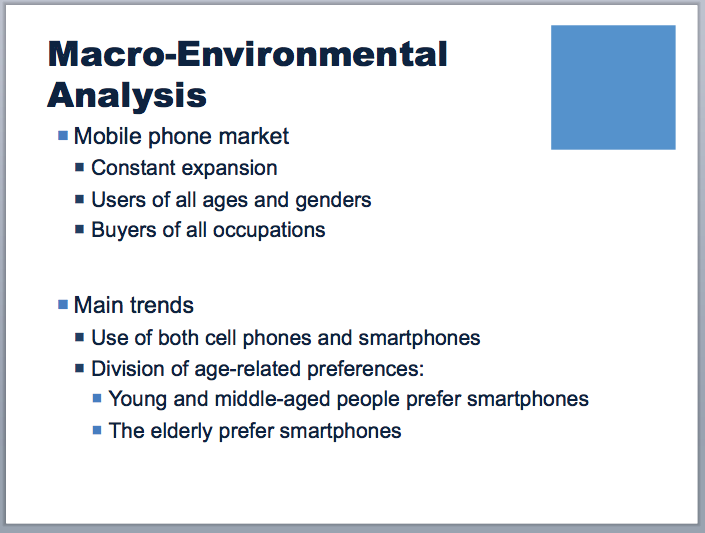
The global mobile phone market is one of the few segments that undergo constant increases in the volumes of manufacturing and sales (Smartphone vendor market share, 2017 Q1 2017). This trend is true for both domestic sales and shipments and international ones. The main feature is that the market is forecasted to continue expanding and developing positively. As for the first quarter of 2017, more than 380 million mobile phones were sold – this figure is 9 per cent more compared to the first quarter of 2016 (Forni & van der Meulen 2017; Free 2016 global mobile market report 2017) (Appendix 1).
Mobile phones – both cell phones and smartphones – are popular among both men and women of all age groups, as the global rate of mobile phone ownership and usage is constantly growing and reached more than 4,5 billion users in 2016 (Number of mobile phone users worldwide from 2013 to 2019 (in billions) 2017) (see Appendix 2). Most smartphones are purchased and used in China, the USA, India, Japan, and Russia (2 billion consumers worldwide to get smart(phones) by 2016 2014) (see Appendix 3).
Among them, the main group preferring smartphones is youth (Majority of China’s mobile phone users will use smartphones next to the year 2014). Appendices 1 and 3 demonstrate that the continuous growth of smartphone users is the main trend in the market.
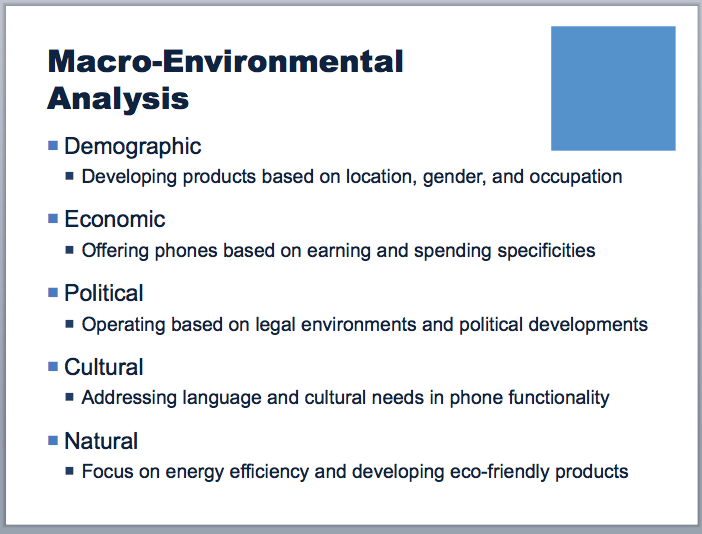
Selecting an appropriate segment for business development is inseparable from estimating different groups of factors. Demographic factors are critical for designing the new phone because the youth prefers smartphones, while older people prefer cell phones (Majority of China’s mobile phone users will use smartphones next to the year 2014). The growing costs of life (economic factors) determine models given preference to the rich prefer prestigious phones, while the poor prefer functionality, not the brand.
Culturally, there is a growing tendency towards westernisation in the Asian region and the creation of the global culture characterised by the use of the universal or common design of mobile phones and similar preferences in behaviours when using phones (taking selfies, becoming actively involved in Internet activities, etc.) (Doole & Lowe 2008). Still, all people prefer when phones work in their native language. As for recycling (natural factors), 25 per cent of electronics choose to recycle it, while 60 per cent of users are not aware of the recycling process or places to recycle devices (Consumers hesitant to recycle and resell used cell phones 2013).
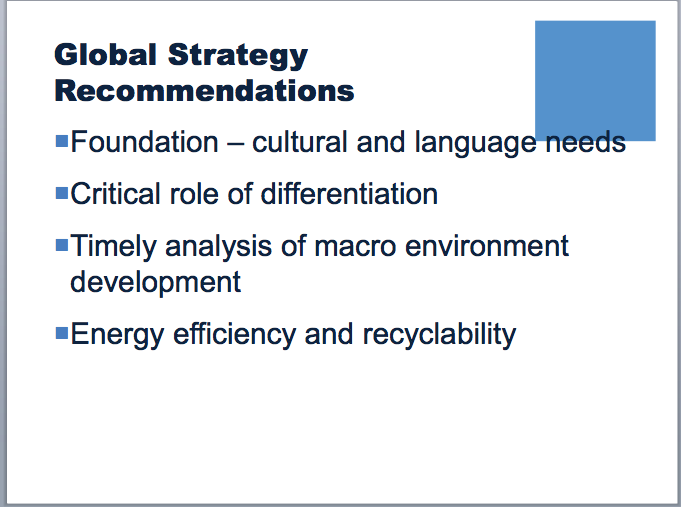
As mentioned above, the company is the global manufacturer of mobile phones. It means that it is present globally and possesses enough resources for expanding to any segment. However, it does not necessarily mean that such an expansion will be successful and economically efficient. From this perspective, in any way, it is essential to develop a global strategy for entering new markets and segments. This strategy will be based on the following recommendations:
- Laying stress on studying language and cultural needs and addressing them in the mobile phone design in order to maximise customer satisfaction with the new phone because the translation of user interface into the native language is significant;
- Focusing on the maximal satisfaction of the economic needs of existing and potential customers and making it the foundation of the design, development, and marketing strategies because purchasing preferences depend upon incomes;
- Avoiding ignoring the criticality of legal and political environments when entering new segments because they affect manufacturing and distribution;
- Paying special attention to eco-friendliness and investing in designing and manufacturing the so-called green mobile phones because recycling is an increasingly popular trend.

As for now, the main assumption is that Chinese youth is the target segment for the expansion. Making up the main group of Chinese mobile phone users, the youth is easy to reach due to the popularity of Internet (online marketing) and the desire to integrate into the modern worlds (become a part of the global culture) (Majority of China’s mobile phone users will use smartphones next to the year 2014).
Youth uses social media to stay connected (see Appendix 4), and the main tool for browsing social networks and the Internet is a mobile phone. Culturally, the majority of young people strive for following trends popular in their community. From the psychosocial perspective, they want to become integrated into the community. In any case, owning a new mobile phone is an integral aspect of these two desires. In other words, youth is the segment that is easiest to reach due to their psychosocial needs.
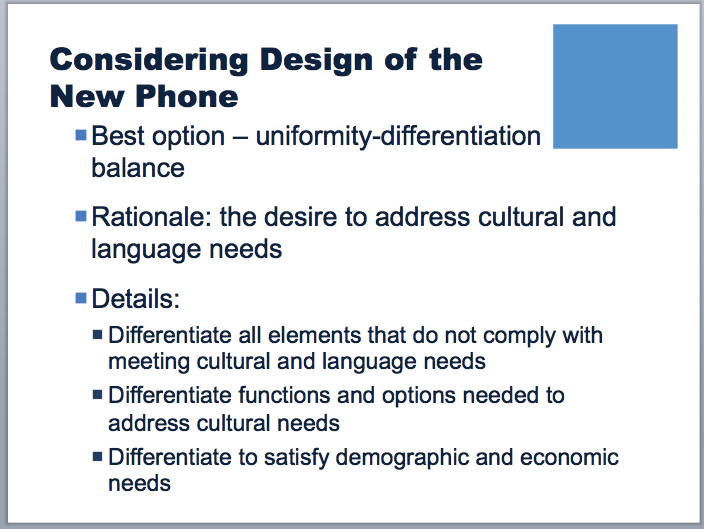
The main assumption is that it is always better to differentiate functions but preserve the design. The main focus should be made on addressing cultural and language skills. Culturally, the Chinese youth wants to become a part of the global culture (Westernisation trends). So, offering a universal design is the best option to achieve this objective because the phones will not differ based on the region of buyer’s geography (standardisation of the new phone design).
The software is what should be differentiated (adaptation). For instance, the user interface should be translated into the Chinese language – both traditional and simplified. Different text input options will as well be beneficial. If needed, the set of functions may be simplified, as well as cheaper materials may be used, to satisfy economic needs. At the same time, if necessary, it is advisable to change the sounding of the brand.
For instance, the way Coca-Cola did when entered the Chinese market (to “kekou kele” that stands for “delicious fun” (Yan 2015) instead of the initial “horse with wax”). More than that, popular social networks (Weibo, WeChat, RenRen, Douban, and DianPing) should all work properly on the new phone because they are part of the youth culture.

BERI index is a comprehensive measure of the business environment in the country that incorporates such elements, as operations risk index, remittance and repatriation risk index, and political risk index. It is calculated based on the five-year data. As for now, China’s index is 49/100 that means that it is moderate. However, it is the lower threshold of the moderate level of business risks (see Appendix 5).
More than that, the GDP growth rate is constantly increasing (see Appendix 6) that means that the standard of living is as well likely to increase. In this way, there are increased chances of winning more customers due to the bettered economic condition and more powerful middle class. Finally, political stability index is a measure of stability in the country. It varies from -2.5 (the least stable) to 2.5 (the most stable) political environment. In the case of China, the ranks have always been nearly the same (see Appendix 7). Therefore, regardless of some political issues, economically, the market is favourable and promising.

One of the best ways to assess the new environment is to conduct PESTLE analysis focusing on different groups of factors having a direct impact on the effectiveness of business activities: political, economic, social, technological, legal, and environmental. Based on the findings of PESTLE analysis, it is evident that the business environment is favourable, even though there are some critical challenges to consider. In this case, it is critical to state that foreign companies experience more significant political and legal pressure connected to the domestic ones because they are not familiar with the operation of the system and are commonly opposed due to being perceived as enemies. Nevertheless, in the case of developing a well-planned entry strategy, all of them will be easily addressed.
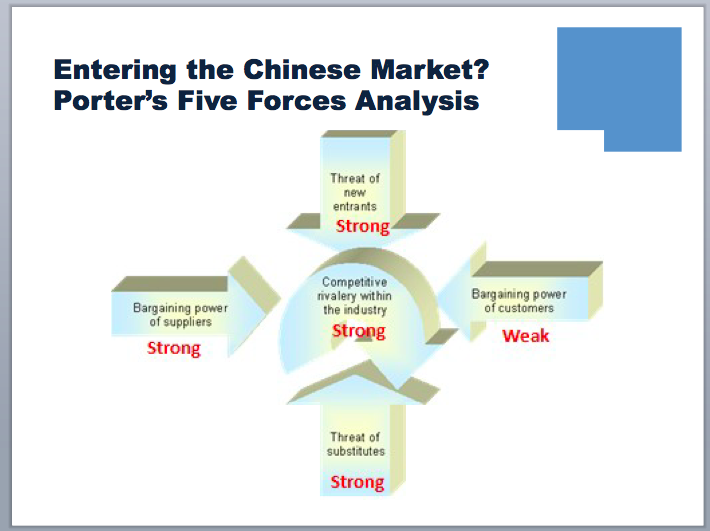
Porter’s five forces analysis is a fundamental approach to estimating the level of competitiveness in the target market. It is used by all companies that are interested in expanding to new markets. In the case of China, the threat of new entrants is high due to the increasingly growing market as well as impressive opportunities for economic growth. Bargaining power of suppliers is strong, especially keeping in mind that mobile phones are technology-intensive products, so any changes in relations with suppliers might potentially affect the price of the finished product and, as a result, its sales.
Competitive rivalry is strong due to a large number of companies operating in the sector – both global and domestic. This one is aggravated by the fact that the Chinese prefer purchasing mobile phones manufactured by domestic companies.
The threat of substitutes is strong because of a great variety of alternatives at the market. Finally, the bargaining power of customers is weak because they cannot affect prices for the phones. Even though the competition is tough, the management of the global company under consideration is assumed to be familiar with such competitive rates and know how to operate in such environments properly.

The Chinese market is characterised by numerous local specificities that are the part of the culture and mind-set. For instance, Chinese people prefer domestic mobile phones (for instance, Huawei, Xiaomi, Oppo, and Vivo) instead of imported ones (see Appendix 9). It can be explained by the fact that these phones are cheaper but still resemble the prestigious segment products – a common representation of the westernisation trend.
Still, there is a powerful trend towards isolation: all popular social networks (such as Facebook, Youtube, Instagram, Google services, Soundcloud, etc.) are blocked in China. Instead, the analogues are created (WeChat, Weibo, 17, Nice, etc.) to replace them. In other words, the impact of Western culture is prominent because although Western social media resources are blocked, alternatives are actively used.
These factors point to the necessity of developing new options and functions that would differentiate the new phone from the devices with limited functions. In fact, it is critical to assure that all regional applications are working properly on the new phone as well as introduce some security functions to protect the users from the common risks of losing personal information.

In addition to local specificities arising from the cultural background, it is of significant importance to pay special attention to business and economic features of the Chinese market. What should be said is that the risk of being outperformed by local manufacturers is extremely high regardless of offering potentially better phones. It can be explained by the fact that the Chinese people tend to trust domestic manufacturers even in cases they offer products of poorer quality (Beech 2016).
In this case, it is critical to focus on seeking ways to cope with the challenge of being always perceived as a foreigner that cannot understand an ordinary Chinese person. To address this problem, designing a culture- and language-sensitive mobile phone may be an option.
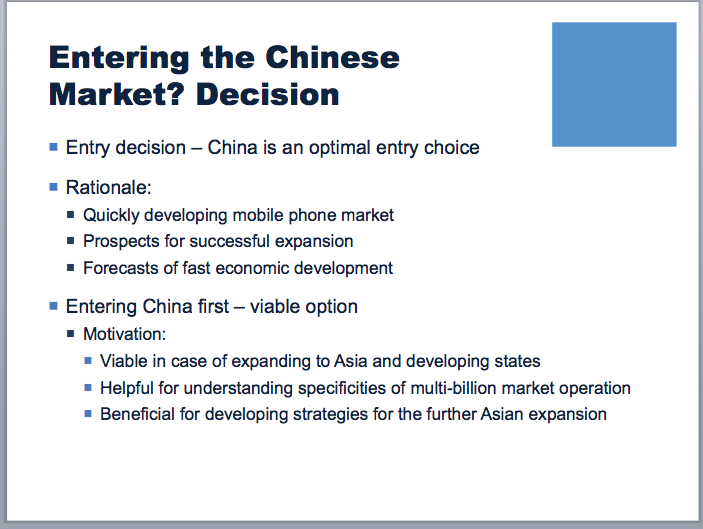
Based on everything that was mentioned earlier in the presentation, it is obvious that entering the Chinese market is an optimal entry choice. The motivation for making this recommendation is not only the rate of market and economic development or tremendous customer base (more than 200 million people belonging to the middle class) but also the belief that this expansion may be financially successful. In other words, the desire to enter China first is supported because China is viewed as a door to Asia.
The rationale for this statement is the assumption that learning to operate in the Chinese environment is the best way to understand how Asian markets work, thus making the development of further growth strategies possible. In this way, the next step may include India with a similar business environment and issues. That being said, regardless of moderate political stability and a highly competitive environment, benefits outweigh risks, so the entry is recommended.
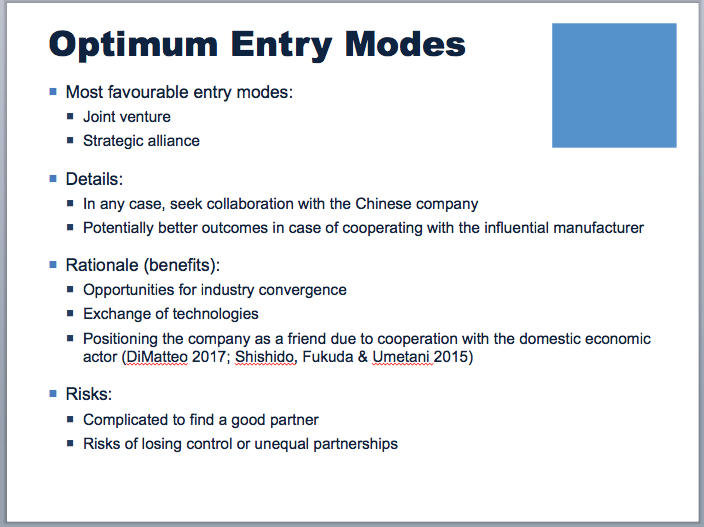
According to the findings of the research, there are two optimum entry modes for expanding to the Chinese market – joint venture and strategic alliance. They are nearly the same due to common benefits and risks that were mentioned in the slide above with the only difference: joint ventures are more common in the Chinese environment and, what is even more important, creating joint ventures is commonly supported by the Chinese governments that reduce the risks of facing entry barriers.
In this way, due to this and chances of designing a mobile phone that would satisfy economic, demographic, and cultural needs of the ordinary Chinese people during cooperation with the Chinese company joint venture is considered to be the best option for the company that is interested in expanding its activities to China. It is especially true keeping in mind that it is the first entry that means that the management of the company does not have experience of working in Asia. Therefore, collaboration with the domestic company would be beneficial.
Appendix 1

Appendix 2

Appendix 3
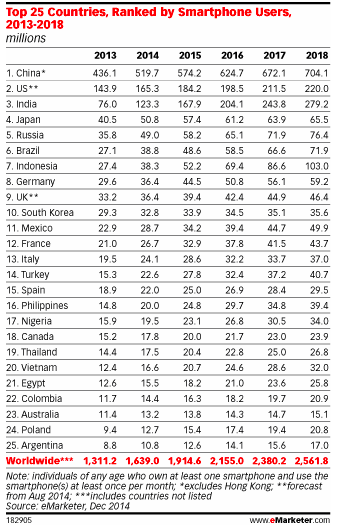
Appendix 4
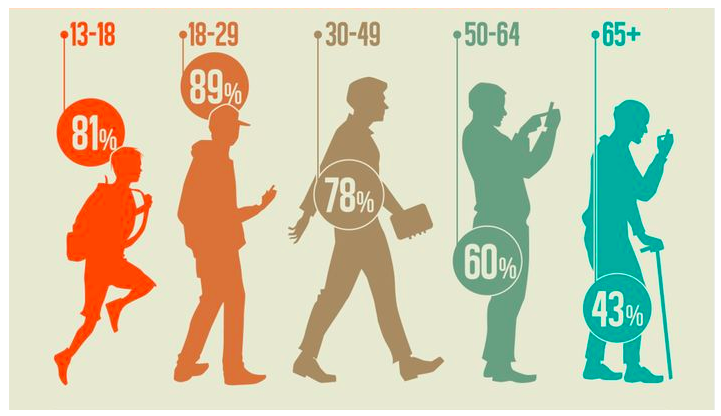
Appendix 5
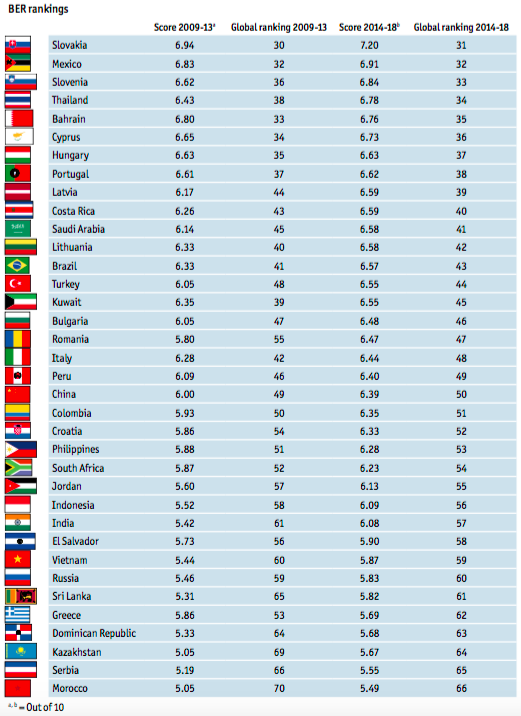
Appendix 7
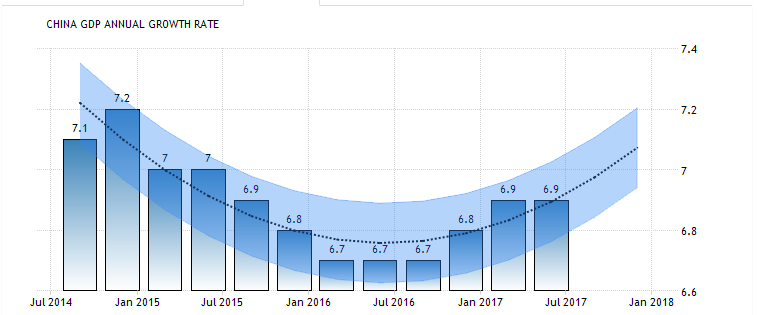
Appendix 8
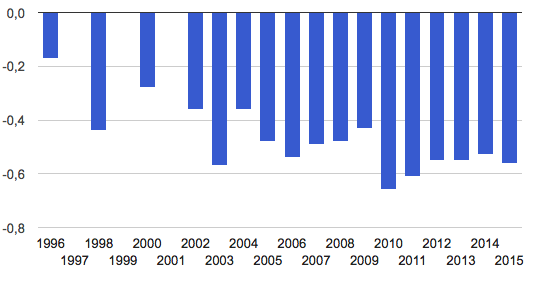
Appendix 9
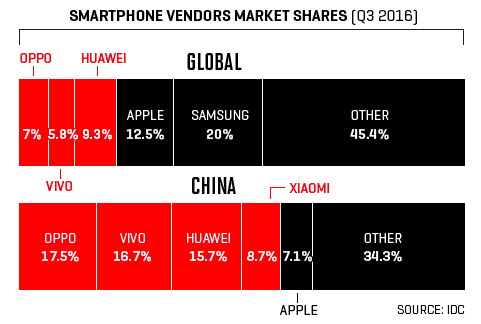
Reference List
2 billion consumers worldwide to get smart(phones) by 2016 . 2014. Web.
Beech, H 2016, Hundreds of millions of people are using smartphones you’ve never even heard of. Web.
Business environment rankings. 2014. Web.
Cendrowski, S 2017, How China’s smartphone ‘Big Four’ are fighting for global customers. Web.
China GDP annual growth rate. 2017. Web.
China: political stability. 2017. Web.
Consumers hesitant to recycle and resell used cell phones. 2013. Web.
Defining objectives, audience & platform. n.d. Web.
DiMatteo, L A 2017, International business law and the legal environment: a transactional approach, 3rd edn, Routledge, New York, NY.
Doole, I & Lowe, R 2008, International marketing strategy: analysis, development and implementation, 5th edn, Cengage, London.
Forni, A A & van der Meulen, R 2017, Gartner says worldwide sales of smartphones grew 9 percent in first quarter of 2017. Web.
Free 2016 global mobile market report. Web.
Majority of China’s mobile phone users will use smartphones next year. 2014. Web.
Number of mobile phone users worldwide from 2013 to 2019 (in billions). 2017. Web.
Shishido, Z, Fukuda, M & Umetani, M 2015, Joint venture strategies: design, bargaining, and the law, Edward Elgar, Cheltenham.
Smartphone vendor market share, 2017 Q1. 2017. Web.
Yan, S 2015, What’s in a brand name? In China, everything. Web.